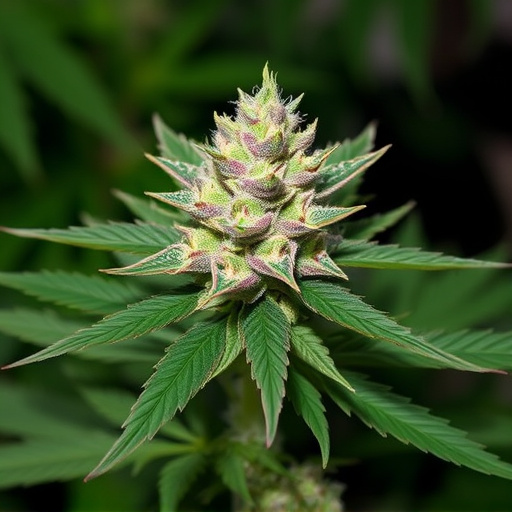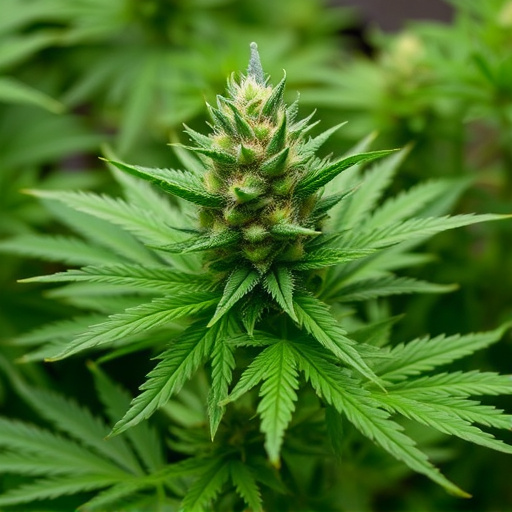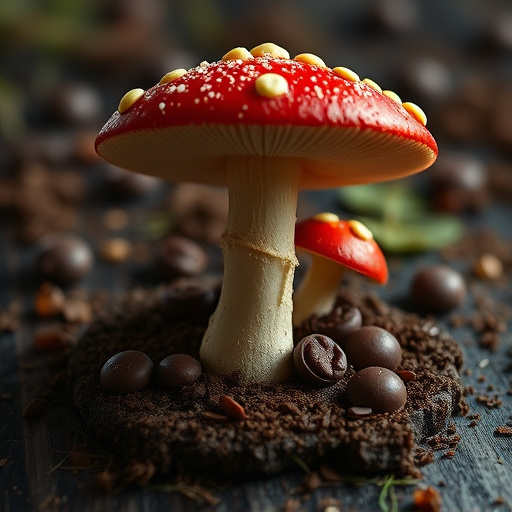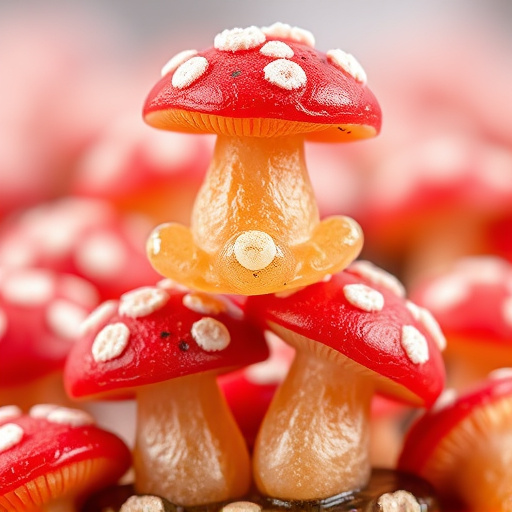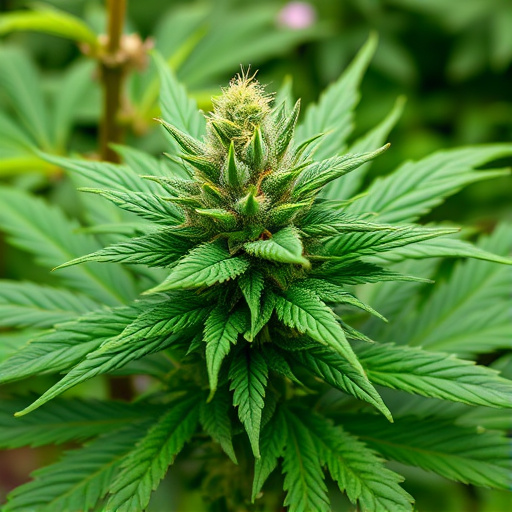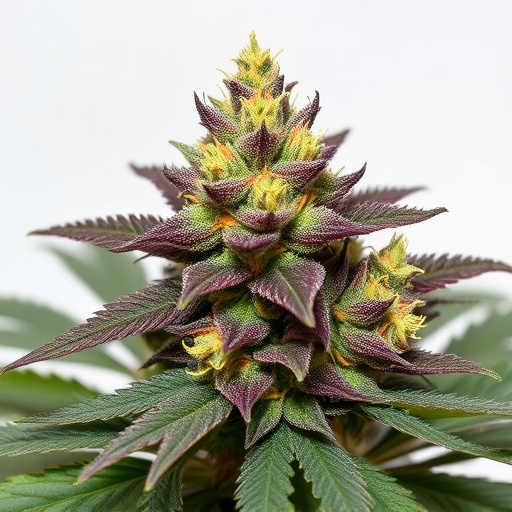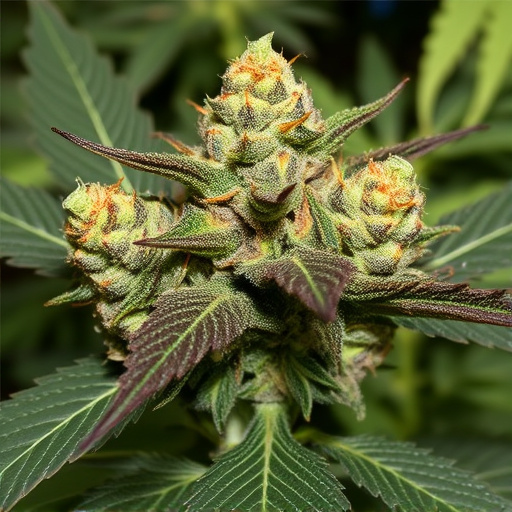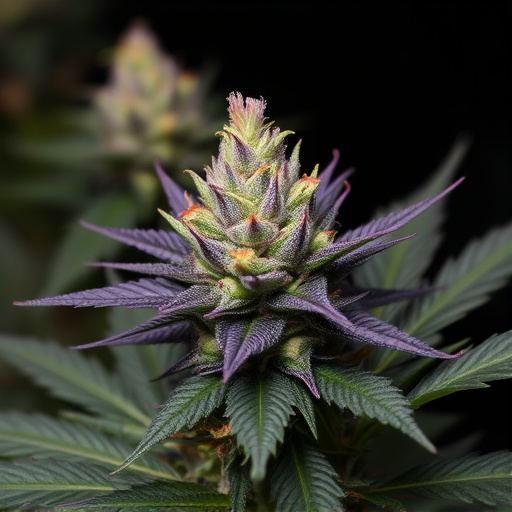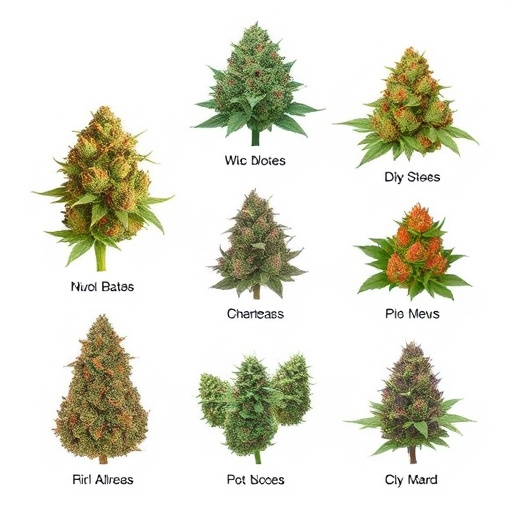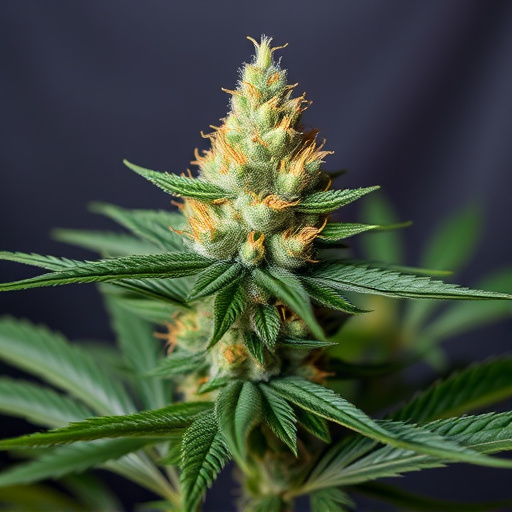Cannabis flowers contain a mix of terpenes and cannabinoids, including THC, that interact with the body's endocannabinoid system, influencing mood and emotions. Indica-dominant hybrid strains, characterized by short plants and dense flowers, have higher THC and CBD levels, offering relaxing and sedative effects for stress relief, insomnia, and chronic pain. However, responses to cannabis vary greatly based on individual biology, personal history, tolerance, and mental health, with some users experiencing calmness while others may feel heightened stress or paranoia. Understanding these complexities is crucial for responsible cannabis use.
Cannabis flower’s impact on mood and emotions is a complex interplay of compounds like THC, CBD, and terpenes. This article explores how these elements affect psychological states, with a focus on the influence of indica dominant hybrid strains. We’ll delve into potential benefits and significant individual variations in emotional responses to cannabis consumption. Understanding these factors is crucial for navigating the effects, especially when considering the therapeutic applications of indica dominant hybrid strains in managing mood-related issues.
- Understanding Cannabis Compounds and Their Impact on Mood
- Indica Dominant Hybrid Strains: Effects and Potential Benefits
- Considerations and Individual Differences in Emotional Response
Understanding Cannabis Compounds and Their Impact on Mood
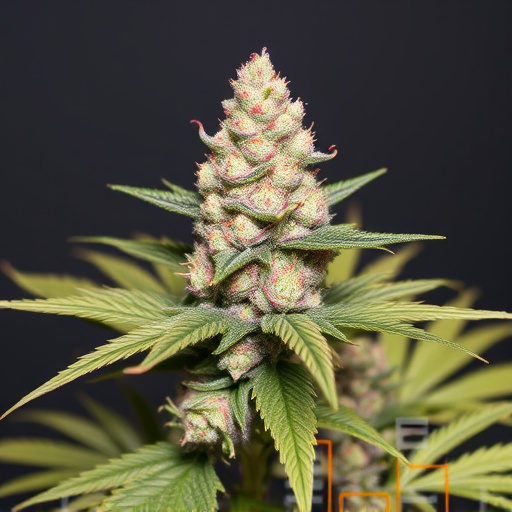
Cannabis flowers contain a complex mix of compounds, including terpenes and cannabinoids, that interact with our bodies’ endocannabinoid system to influence various physiological and psychological functions, including mood and emotions. Cannabinoids like THC (tetrahydrocannabinol) are known to impact serotonin levels in the brain, which plays a significant role in regulating mood, pleasure, and relaxation. Indica dominant hybrid strains, for instance, often have higher THC content and are associated with more sedative and relaxing effects, potentially alleviating stress, anxiety, and insomnia.
Terpenes, another crucial component, contribute to the unique aroma and flavor profiles of different cannabis strains. Studies suggest that specific terpenes can modulate the mood-altering effects of cannabinoids. For example, myrcene, a common terpene found in many indica strains, is known for its calming properties and may enhance the relaxing effects of THC. Understanding these interactions between compounds allows consumers to make informed choices about which strains might best suit their individual needs and desired mood outcomes.
Indica Dominant Hybrid Strains: Effects and Potential Benefits
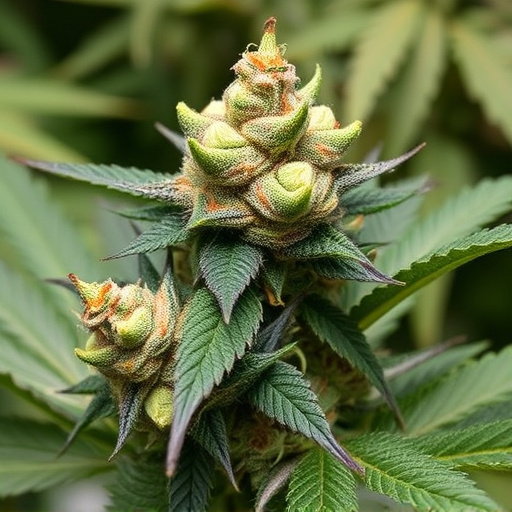
Indica-dominant hybrid strains are popular for their potential to offer a more relaxing and sedative experience compared to sativa varieties. Indica plants, known for their short stature and dense flowers, have higher levels of cannabinoids like THC (tetrahydrocannabinol) and CBD (cannabidiol), which can interact with the body’s endocannabinoid system to produce various effects. Users often report feeling a sense of calm and tranquility, with reduced anxiety and improved sleep quality. These strains are commonly sought after by individuals looking for relief from stress, insomnia, or chronic pain at the end of the day.
The specific effects can vary widely depending on the exact makeup of the hybrid and the individual’s tolerance and preferences. Some indica hybrids may induce a mellow and dreamy state, enhancing creativity and social interaction, while others might leave users feeling more sedated and contemplative. The potential benefits are often associated with relaxation, pain management, and cognitive enhancement, making these strains appealing to those seeking alternative methods for managing mood disorders and promoting overall well-being.
Considerations and Individual Differences in Emotional Response
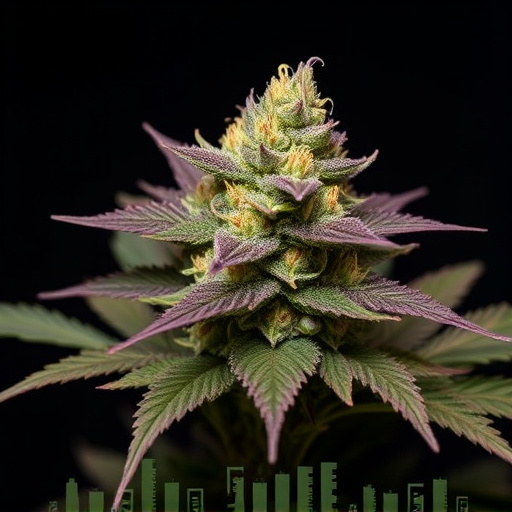
Cannabis flower’s impact on mood and emotions is a complex interplay influenced by various factors, including an individual’s unique biology and personal experiences. While cannabis is often associated with relaxation and euphoria, the emotional response varies greatly among users. This variability is partly attributed to the diverse range of chemical compounds within cannabis, such as cannabinoids (e.g., THC, CBD) and terpenes, which interact with our endocannabinoid system and affect brain activity related to mood regulation.
Individual differences in tolerance, previous experiences with cannabis, and overall mental health play significant roles. For some, indica dominant hybrid strains may induce a calming effect, reducing anxiety and promoting relaxation. In contrast, others might experience heightened stress or even paranoia due to the strain’s specific cannabinoid profile. Understanding these individual variations is crucial for responsible cannabis use and ensuring positive emotional experiences.
Cannabis flower’s impact on mood and emotions is a complex interplay of various compounds, with THC and CBD being key players. Indica dominant hybrid strains, known for their relaxing and sedative effects, can offer potential benefits for managing stress and anxiety. However, individual responses vary greatly, highlighting the importance of understanding one’s unique emotional makeup when considering cannabis use. Further research is needed to fully explore the nuances of these compounds’ effects on mood.
